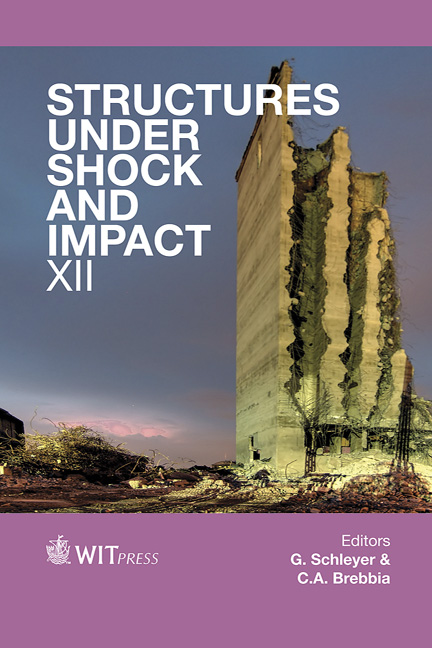Structural Junction Identification Methodology
Price
Free (open access)
Transaction
Volume
126
Pages
12
Page Range
215 - 226
Published
2012
Size
2106 kb
Paper DOI
10.2495/SU120191
Copyright
WIT Press
Author(s)
E. Menga
Abstract
The focus of this work is to present, from a practical point of view, a methodology able to tune the dynamic behaviour of complex assembled structures in frequency domain and optimizing the parameters, in terms of stiffness and damping, of lumped elements at junction points among structural components. Performing sensitivity studies through evaluating the impact of a set of modifications in the dynamic behaviour of complex structures by means of running several FEM models, requires significant computational effort and even if it is accepted, it is often not able to fit the experimental data adequately. In this context, the Direct Structural Dynamic Modification Method is defined as the procedure which permits one to evaluate the impact of a set of changes on the structural dynamic behaviour, without the need to continuously re-run the FEM Model. The Inverse SDM problem aims to identify in the framework of physical compatible sets of modifications, the most appropriate in order to fit the desired dynamic behaviour. In this study the ISDM problem is completed in order to be implemented efficiently in MATLAB and is applied to fit the analytical Frequency Response Functions (FRFs) with the experimental results. The full aircraft model and the Ground Vibration Test of the A340-600 are considered in order to test the power of the method when applied to a real and complex structure. From the results it can be seen that the parameters of the lumped elements at the interfaces among components are efficiently optimized in order to improve the dynamic response of the structure. The physical understanding of junction behaviour permits appropriate definition of the constraints of the optimization problem and to get a global minimum of the objective function. The results are shown in terms of FRFs and in terms of global FRF indicators Keywords: frequency response functions, junction identification, structural dynamic modification, complex mode indicator function, frequency domain assurance criteria.
Keywords
frequency response functions, junction identification, structuraldynamic modification, complex mode indicator function, frequency domainassurance criteria





